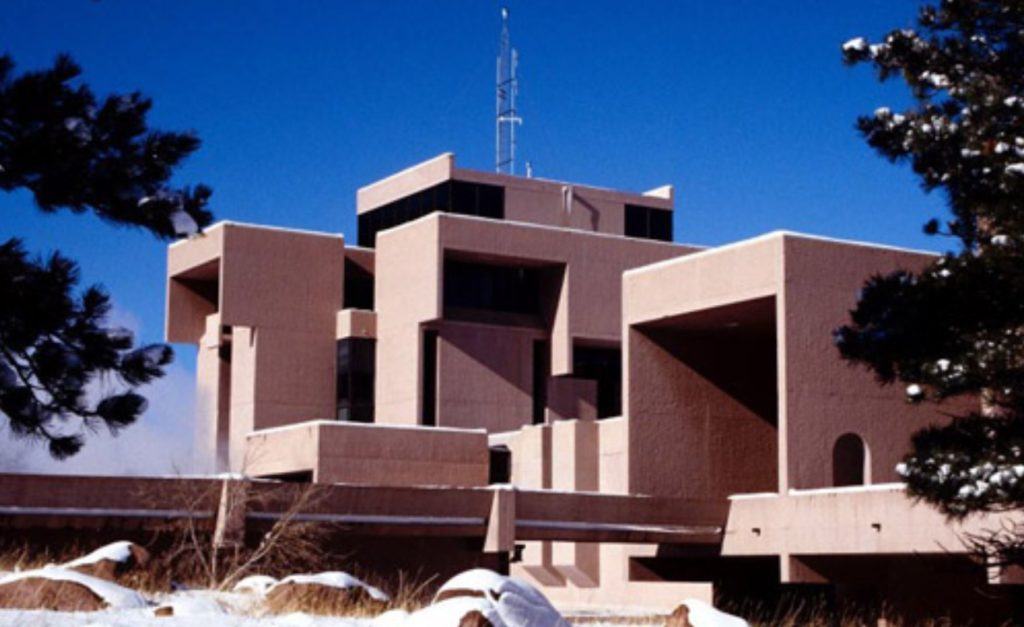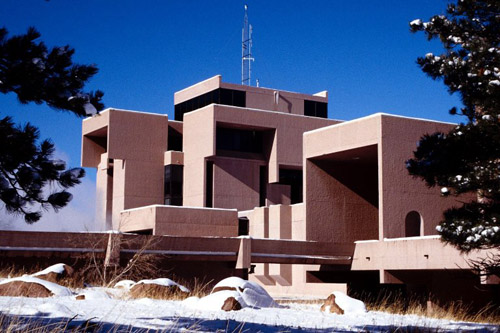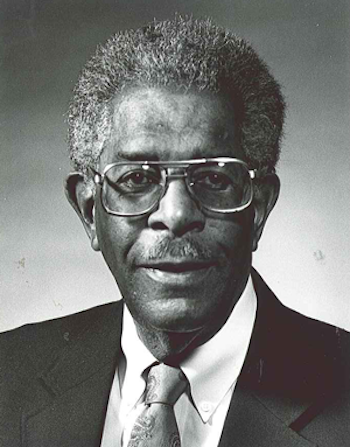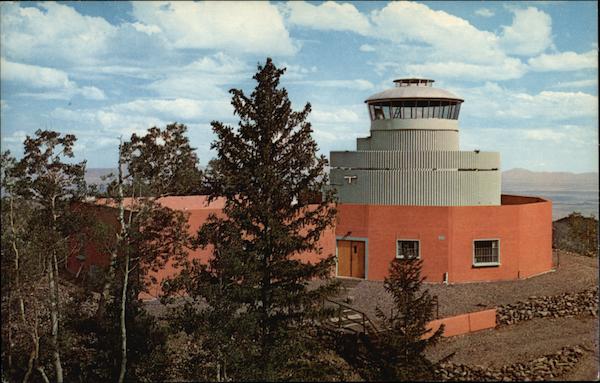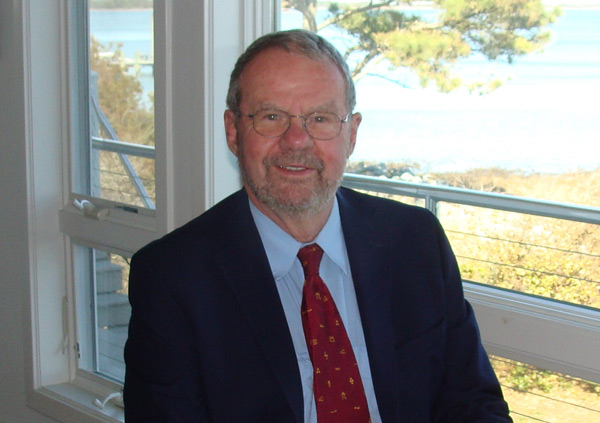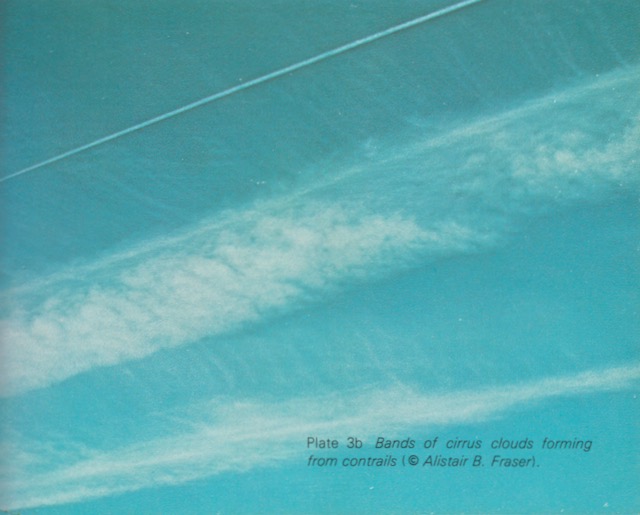As its name implies, evidence indicates that the National Center for Atmospheric Research (NCAR) in Boulder, CO has been instrumental in the development of today’s New Manhattan Project. NCAR was founded by many people with serious implications for the New Manhattan Project. NCAR has historically been and continues to be near the forefront of supercomputer atmospheric modeling. NCAR has been heavily involved in the field of meteorological aircraft. Lastly, a former head of the organization has authored books containing New Manhattan Project disinformation. To learn what the New Manhattan Project is, as well as the whole backstory here, please refer to the new, greatly revised and expanded second edition of the author’s book Chemtrails Exposed: A New Manhattan Project available now exclusively at Amazon.
Since its founding in 1960 the National Center for Atmospheric Research has been deeply involved in weather modification and other large-scale meteorological experiments. Being that today’s New Manhattan Project is a global weather modification program, this information is relevant. Today’s NCAR is operated under contract with the National Science Foundation by the University Corporation for Atmospheric Research. The University Corporation for Atmospheric Research represents 23 universities with graduate programs in the atmospheric sciences.
The history of today’s NCAR begins in 1956 when Detlev Bronk (1897-1975), president of the National Academy of Sciences, appointed a committee to, “consider and recommend means by which to increase our understanding and control of the atmosphere.” This Committee on Meteorology included such New Manhattan Project luminaries as Thomas F. Malone (1917-2013), John von Neumann (1903-1957), Jule Charney (1917-1981), and Edward Teller (1908-2003). Two years later, this Committee on Meteorology issued a report suggesting that a corporation of universities runs a National Institute of Atmospheric Research, and that national funding for atmospheric research in general be increased. The issuance of the report was shortly followed by a planning conference attended by Malone, Teller, and many other leaders in the fields of atmospheric science and weather modification. The attendees passed a resolution approving the findings of the Committee on Meteorology report as they noted the need for large-scale (global) operations. The resolution reads, “a national institute for atmospheric research, operated by an association of universities, should be established to bring together scientists from meteorology and the related physical sciences and to provide research facilities on a scale required to cope with a global nature of the meteorological problem.” After reaching out to every university with a meteorology program, another meeting was held about a month later where the attendees constituted themselves as the University Committee on Atmospheric Research. The first meeting for the purpose of formally organizing today’s UCAR was held at Pennsylvania State University in July of 1958 where Dr. Malone agreed to serve as the executive director pro tem of the University Committee on Atmospheric Research and assembled his planning staff.
On March 16, 1959 the University Committee on Atmospheric Research was incorporated in Delaware as the University Corporation for Atmospheric Research (UCAR). The first UCAR board of trustees meeting was held a couple of weeks later in Tuscon, Arizona. At this Tuscon meeting, Henry G. Houghton was elected chairman while Dr. Malone was elected as a trustee-at-large as well as a member of the executive committee. Dr. Malone was later to become chairman of NCAR’s board of trustees. In September of 1959 the National Science Board authorized the National Science Foundation to begin contracting with UCAR and funds were provided for the establishment of a small scientific staff for planning research programs and facilities. On April 26, 1960 the UCAR board of directors appointed Walter Orr Roberts (1915-1990) as the first director of what was still being called the National Institute of Atmospheric Research.
By October of 1960, director Roberts had secured a local business office for UCAR with a small staff in Boulder on the campus of the University of Colorado. On October 11, 1960 the board of UCAR trustees voted unanimously to recommend to the NSF that the permanent headquarters of UCAR be located on Table Mountain near Boulder. On July 18, 1961 the UCAR Executive Committee approved the choice of I.M. Pei and Associates as the architect of the UCAR and NCAR headquarters. NCAR’s first and temporary headquarters had been established in the University of Colorado Armory.
Other important New Manhattan Project organizations and individuals have been involved with NCAR. Bernard Vonnegut (1914-1997) had a hand in establishing NCAR. Alfred Lee Loomis (1887-1975) was involved in funding and building NCAR’s High Altitude Observatory. Lastly, at a 1977 meeting held at NCAR headquarters, members of the JASON group produced a climate model which supported the theory of man-made global warming.
Supercomputer atmospheric modeling
NCAR has been and continues to be a leader in supercomputer atmospheric modeling. Supercomputer atmospheric modeling is important to the New Manhattan Project because it allows today’s geoengineers to see the most probable outcomes of their interventions as they attempt to modify and control the weather. The atmospheric models are computer programs that are designed to predict the outcomes while supercomputers handle the extremely complex mathematical computations necessary for such predictions.
By April of 1961 NCAR had its first supercomputer: the IBM 1620. The early breakthrough Global Circulation Models were partially developed at NCAR. NCAR was instrumental in the development of the important Program for Climate Model Diagnosis and Intercomparison. NCAR contributed to the development of the landmark Community Climate System Model – a variant of which is probably what is in use today as part of the New Manhattan Project. NCAR has traditionally been a prolific buyer of supercomputers and in 2012 began operations at their new NCAR-Wyoming Supercomputing Center.
Meteorological aircraft
A branch of aviation is dedicated to the production, maintenance, and use of aircraft that have been modified in order to carry out meteorological experiments. These types of aircraft are commonly referred to as meteorological aircraft and NCAR has been deeply involved in this field.
In March of 1964 the NCAR Research Aviation Facility was created. An advisory panel to this facility was also created and a member of this advisory panel by the name of Charles E. Anderson (1919-1994) is of particular note to this investigation. In 1960 Anderson earned his PhD in meteorology from the Massachusetts Institute of Technology. Dr. Anderson had previously attended the Army Air Forces Meteorological Aviation Cadet Program at the University of Chicago. He later became an executive at the Douglas Aircraft Corporation. The Douglas Aircraft Corporation is important to this investigation because today’s RAND Corporation is the product of a collaboration between the Douglas Aircraft Corporation and the US Army Air Forces. As detailed in the author’s recent article “The RAND Corporation and the New Manhattan Project,” the RAND Corporation has serious implications for the production of today’s New Manhattan Project. Over the years, NCAR’s Research Aviation Facility has served as one of the world’s premiere centers for meteorological aircraft.
In the spring of 1969, the National Science Foundation agreed to provide the funds for the construction of NCAR’s own airplane hangar at the Jefferson County Airport. Construction was completed by December of 1970. Some of the aircraft in NCAR’s fleet have been: a Beech 99, a North American Rockwell Sabreliner turbojet, and a Queen Air N303D. Scientists at the Langmuir Lab in New Mexico have used NCAR’s Sabreliner to drop aluminum chaff. This is of particular note to our investigation because evidence indicates that Langmuir Lab has been instrumental to the development of today’s New Manhattan Project (NMP). Over the years and decades, NCAR and the Langmuir Lab have worked together extensively.
Richard A. Anthes
A man by the name of Richard A. Anthes was the president of UCAR from 1988 to 2012; during the time when large-scale, domestic spraying operations began. He has also been the director of NCAR.
In 1978 Anthes was published as the co-author of a book containing disinformation about chemtrails. The Atmosphere second edition makes a case for the theory of man-made global warming and tells us that chemtrails are contrails. After providing us with some convoluted nonsense about the formation of contrails, The Atmosphere gives us a full-color photograph of chemtrails that the authors incorrectly label as contrails. The caption reads, “Bands of cirrus clouds forming from contrails.”
Following up, in 1997 Anthes alone was published as the author of Meteorology seventh edition. In this book, Anthes follows the familiar pattern of making a case for the theory of man-made global warming and providing us with an image of a chemtrail incorrectly labeled as a condensation trail. To spice it up a little bit this time, in Meteorology Anthes also expounds upon how there are too many people on planet Earth and how that is a problem as well. All of these things are common NMP disinformation tactics.
Today’s NCAR
Today’s geoengineers advocate for something called solar radiation management (SRM) geoengineering which involves the atmospheric spraying of particulate matter (chemtrails). Unsurprisingly, today’s NCAR is absolutely up to their eyeballs in geoengineering. The main thrust of NCAR’s effort here appears to involve their current atmospheric modeling program known as the Community Earth System Model – apparently a variant of the previously mentioned Community Climate System Model. This is all part of their Geoengineering Modeling Research Consortium which involves a slew of the usual suspects such as Harvard’s David Keith.
NCAR has even gone so far as to produce an extensive modeling effort designed to explicitly show the effects of SRM geoengineering on the Earth’s average temperature. This effort is known as the Stratospheric Aerosol Geoengineering Large Ensemble project; and guess what? They found that SRM geoengineering works! Now all they need is more funding.
References
The National Science Foundation a book by Dorothy Schaffter, published by Frederick A. Praeger, 1969
“The University Corporation for Atmospheric Research and the National Center for Atmospheric Research 1960-1970: An Institutional History” a report by Elisabeth Lynn Hallgren, published by the Board of Trustees of the University Corporation for Atmospheric Research, March 1974
The Atmosphere second edition a book by Richard A. Anthes, Hans A. Panofsky, John J. Cahir, and Albert Rango, published by Bell & Howell, 1978
Meteorology seventh edition a book by Richard A. Anthes, published by Prentice Hall, 1997
Links
PeterAKirby.com
My Minds page
My Parler page
My GoodReads page
My YouTube channel
My BitChute channel
Websites
ClimateViewer.com
GeoengineeringWatch.org
NoGeoingegneria.com
StopSprayingCalifornia.com
ChemSky.org
NuclearPlanet.com
GlobalSkyWatch.com
ChemtrailsProject.com
ChemtrailsProjectUK.com
ChemtrailSafety.com
Peter A. Kirby is a San Rafael, CA researcher, author, and activist. Please buy the greatly revised and expanded second edition of his book Chemtrails Exposed: A New Manhattan Project available now exclusively at Amazon. Also please join his email list at his website PeterAKirby.com.
Subscribe to Activist Post for truth, peace, and freedom news. Send resources to the front lines of peace and freedom HERE! Follow us on SoMee, HIVE, Parler, Flote, Minds, and Twitter.
Provide, Protect and Profit from what’s coming! Get a free issue of Counter Markets today.
The National Center for Atmospheric Research and the New Manhattan Project
